|
|
||
|
||
|
Privacy Policy | Editorial Policy | Profit Policy | Join the Association | List of Members | Contact us | Index | Links |
||
|
Back Go to page: 1 2 3 4 5 6 7 8 9 10 11 12 13 14 15 16 17 18 19 20 Forward
|
||
|
My Story.
|
||
|
This story contains a number of "abbreviations". In some instances you can click a link which will take you to the "long version" of the abbreviation. To then return to where you were reading, click the back button on your browser.
|
||
|
Ian “Tiny” Ashbrook.
In Part 3, Ian Ashbrook had just separated from the RAAF (transferred to the RAAF Reserve) after 36+ years and commenced his second career, based in Canberra, as a senior executive in the prestigious company Rolls-Royce plc as Regional Director (Defence) - Australasia, an Executive Director of Rolls-Royce Australia Ltd and a Director of all of the associated regional Rolls-Royce companies.
Setting out on a second career with a company such as Rolls-Royce was a bit surreal. The timing of RR's decision to restructure their Australasian operations with my availability was most fortunate and, yet again, I came to appreciate how most of the senior positions in industry were largely filled by word of mouth and personal recommendation, without ever being widely known. In the coming years, I came to see a lot of this, being not infrequently contacted for an 'off the record' opinion on the employment suitability of a particular individual, even at quite senior levels.
Rolls-Royce is a large global company, headquartered in London with
significant manufacturing facilities in the UK, USA and parts of Europe;
For Australasia, the acquisition of The Allison Engine Company in 1995, meant that around half of the defence engines in the region were sourced from RR, with significant potential to expand this, and senior management found that a single RD was inadequate; so, my joining split the business management. Both of us were at the same management level and each reported separately into the UK and to the business units. Quite separately, we were both appointed as directors of Rolls-Royce Australia and the range of associated companies in the region.
On joining the company, I embarked, accompanied by Carolyn, on a well-structured familiarisation and indoctrination program commencing with my counterpart in Singapore before meeting with the senior management in London and familiarisation visits to the major facilities in the UK and the USA. RR had four major arms Civil Aerospace, Defence Aerospace, Marine and Energy with Nuclear (UK nuclear submarine propulsion) off to one side. |
||
|
|
||
|
In 1995, RR had acquired the US engine manufacturer Allison, based in Indianapolis which, in addition to a wide range of largely military engines, was developing the short take off vertical landing lift system for the Joint Strike Fighter (F35 JSF) as well as partnering with the world's largest aero engine manufacturer, GE on the alternate engine (F136) for the JSF. This was a timely acquisition. Allison had been acquired from General Motors by an investment company who soon found the business far more complicated than expected and difficulties arose from considerable product development expenditure unmatched by cash flow. RR's acquisition of Allison was timely and well-priced; but, by far the major benefit was the gaining of a significant foothold in the US defence market.
However, this was not without difficulties as the US required that all directors of the US arm of the company be US citizens and foreigners were not allowed unescorted in any of the defence related facilities. This required considerable nerve and trust by the UK Main Board who effectively had to manage a large facility at arms-length and was exacerbated by it being the first time that the US government had faced such a situation, meaning that risk aversion pertained. Even the Chairman, Sir Ralph Robins, had to wear a highly visible big red tag on his chest and be escorted by a US national at all times while in 'his' plant at Indianapolis!
One of the first things that I encountered when I joined RR was the inevitable question from many friends and contacts 'where is your car' or 'do you drive one' and this certainly had been the case with my predecessor Regional Directors up to the 1970's? In the early 1970's RR faced bankruptcy from costs associated principally with the development of the RB 211 engine which, in the fullness of time, was to become an excellent product mainly on Boeing 747, 757 and 767 aircraft and the forerunner of the current extensive and profitable Trent family of engines mainly on Boeing 777's and a wide range of Airbus aircraft (330, 340, 350, 380). In 1971, the British government bankrolled RR as a national asset and disposed of most non-essential assets and the car company, although marginally profitable, was reformed as Rolls-Royce Motors in 1973 and in due course sold to Vickers Engineering in the UK in 1980.
RRMotors was based at Crewe in the UK Midlands and produced Rolls-Royce and Bentley motor cars and, incidentally, had built the Rolls-Royce Continental IO-360 piston engine in the RAAF's CT4 Airtrainer aircraft and which I had visited in the late 70's when we had had issues with that engine. At the time that I joined RR (1997), Vickers had placed RRMotors on the market and in 1998 it was acquired by Volkswagen who outbid BMW; but, VW hadn't realised that the RR brand name, mascot (Spirit of Ecstasy) and distinctive radiator shape, when acquired by Vickers with RRMotors, reverted to the parent company (now Rolls-Royce plc) in the event that Vickers sold RRMotors. Accordingly, VW initiated an action in the European courts; but, lost and it looked like becoming a lawyers’ feast.
|
||
|
|
||
|
To complicate matters, the RR cars being produced at the time had BMW sourced motors. In the event, the chairmen of the three companies agreed to meet, without lawyers, to try to find an amicable solution and this resulted in VW continuing to produce a Rolls-Royce branded car with the BMW engine until 2003, which gave BMW time to build a new car plant at Goodwood in England to produce a Rolls-Royce car while VW refocussed on producing cars under the Bentley name, which they had, in fact, acquired. An irony of all of this is that shortly after, RR acquired Vickers in 1998 and hence very nearly bought the car company had Vickers not sold it shortly before. Even major players can be caught out in the euphoria of the moment with inadequate due diligence!
While RR plc gained a healthy £40m from BMW for the rights, Company policy dictated that we distance ourselves from association with the car and even gifts such as RR key rings were withdrawn from circulation. As it happened, along with Boeing (arranged with Charlie Walford (left) who was now a senior executive with Boeing, Australia), we jointly sponsored a RAAF Air Power Conference in Canberra not long after this edict and in response to my request for suitable trinkets to include in the conference satchels, I was sent over a thousand key rings to clear the UK goodies store.
Charlie Walford, with 9Sqn, Vung Tau. 1968.
Only problem was that they arrived several days after the conference!! However, as time went on, the key ring edict mellowed allowing special silver key rings to be produced to mark the centenary of Rolls-Royce 1904/2004 and, as it became known, I was contacted by all sorts of people who had heard that I had a cache of very nice leather and metal keyrings stashed away in Canberra.
While I had become adapted to working in a large matrix environment as the Defence structure broadened over the years, working at a senior level in RR required much greater care. This was mainly because, while RR competed with the other main engine manufacturers (GE (General Electric), P&W (Pratt and Whitney) etc) we also had joint ventures with these manufacturers, so discretion and caution had to be exercised at all times. From the outset with RR I was also determined to try to continue flying and planned to fly myself as often as possible; but, this proved to be nigh on impossible. In the RAAF, it was relatively easy to charter a local aircraft and save travel time by flying directly to the various bases thus with Richmond, Edinburgh, Amberley, East Sale or Tindal, for example, from Canberra or Laverton, considerable time was saved in not having to drive from the commercial airport to the base by flying straight in.
However, with RR, flying from Canberra to Sydney meant landing at Bankstown, locating a cab etc and then having to adjust for bad weather or other delays and I soon found that this was just not workable. So, as I had promised Carolyn that if I was flying less than about 5 hours a month regularly, that I would give it away, I duly accepted that my flying days were over or, at least, had to be put on hold. In the event, the former applied and I started collecting Frequent Flyer points, which with three or four annual round the worlds and numerous regional flights, soon mounted up.
On the work front, dealing with Defence from the other side of the fence
really brought into focus some of the issues that made Defence
procurement so difficult and why so many companies declined to bid for
Defence work. This was further exacerbated when a few years later the
heads of Defence procurement (DMO) actively promoted adversarial
relationships with industry in the name of avoiding being ‘ripped off’.
Understandably, given th
On the technology front I was privileged to have involvement with the two significant programs for the Joint Strike Fighter (JSF F35): the lift system for the Short Take Off Vertical Landing (STOVL) variant of the aircraft and the alternate power plant, the F136 engine. In the 1950s/60s, RR had developed the lift system for the UK’s Harrier VTOL aircraft using deflected engine air from the Pegasus engine for all of the vertical lift; but, for JSF a different approach was taken by Allison at Indianapolis using their expertise with turbo shaft engines and this was complemented with RR expertise after Allison was acquired by RR. The US design has a horizontal fan mounted behind the pilot and driven by a shaft from the front of the engine through a 90deg gearbox. This fan provides about half of the required lift with the remainder coming from engine thrust diverted from the jet exhaust through an ingenious device with three main moving parts that rotate around each other to divert the exhaust from the horizontal all the way down to about 15 deg forward of vertical to accommodate a tail wind or to allow the aircraft to manoeuvre backwards. This device is known as the 3 Bearing Swivel Module. Like the Harrier, roll is provided by engine bleed air through small ducts in the wing.
The Lift System program director at Indianapolis was an ex USN pilot and we soon established that the flying instructor for his A4 Skyhawk conversion in the US had been the Australian exchange officer, LtCdr Errol Kavanagh. This was an amazing coincidence as I had been Errol’s first student when he commenced instructing on Vampires at Pearce in 1967 and in 1992 I had opened the air show at Nowra in the Vampire with Errol (by then with Qantas) flying one of the MiG15 pair on either wing tip and WgCdr Kev Merrigan in the F86 Sabre in the slot position immediately behind. Sadly in 1993 Errol died when the MiG crashed in Canberra during another air show. Notwithstanding, the connection cemented my relationship with the Lift System program and I was given wide access to the program where on one occasion they had suffered a fan failure due to ‘flutter’ (essentially uncontrolled aerodynamic induced vibration) and I was able to get my hands physically onto the still intact fan which although 48” (1.2m) in diameter was light enough to lift single handed being machined from a solid block of titanium. This fan provides some 20,000 pounds of lift which is of the same order as the power delivered by a mid-size warship but driven through a right angled gearbox rather than direct as with the ship. This is an amazing engineering achievement. |
||
|
|
||
|
The other main program, the alternate engine for the F35 Joint Strike Fighter, was a joint venture with GE (60/40 GE/RR). With the initial F35 concept, being a multi role aircraft to replace a number of different types across a wide capability range, it was seen as prudent to have two independent engine sources with the unique feature that, although very different in design and capability, they be completely interchangeable ie either could be fitted without any aircraft interface changes ('plug and play'). It had been envisaged that the two engine types across the fleets would be split approximately 50/50 in numbers although as the F35 is an international program individual countries, especially those with small fleets, could single source their engine. The other engine was the F135 from Pratt and Whitney which was a development of the F119 engine in the F22 Raptor aircraft and hence available earlier in the program than the purpose designed GE/RR engine. While our engine, designated F136, offered numerous advantages over the F135, being of much later technology and with considerable growth potential, there was considerable US internal political pressure applied to withdraw production funding and after several close shaves this finally occurred under President Obama, despite the investment at that time being of the order of $US12b and the engine having successfully passed through its flight test program. So, the F35 has only one engine option and if there is any major engine impediment in the future, a not uncommon occurrence, then the F35 will have no alternate available.
In the early 2000’s we had two interesting examples that contrasted the acquisition capabilities and philosophies between the government and a commercial operator. Defence was replacing the VIP fleet and the documentation for a simple aircraft lease ran to many pages (about a foot thick as I recall) and this was for a leased commercial aircraft. And the evaluation process ran for over a year. In the same timeframe Qantas also indicated a requirement to lease a number of similar aircraft. RR had interests in both.
Following the merger of McDonnell Douglas (MD) with Boeing in 1997,
Boeing decided to develop the MD95 aircraft (which was then on the
drawing board and was a progressive development of the original Douglas
DC9 aircraft (as flown by Ansett and TAA in Australia from the 1960s)
and in the
In another example, despite both the RAF and the USAF separately acquiring total engine support for their C130J Hercules fleets (RR AE2100 engines) under fixed price guaranteed usage contracts (effectively a variation of paying for Power by the Hour), RAAF could not be convinced of the savings although the Hawk Adour engine was under similar arrangements and RAAF had total visibility of the cost structure. No matter which way this was looked at it was impossible to understand the rejection as the alternative took the engine from RR as the OEM (Original Equipment Manufacturer), Design Authority and Maintenance Authority to a third party (not Australian), who then acquired all of the support from RR!!
While decisions on what career to pursue and how to address each turn in the road as the career progresses are significant and important, it is inevitable that eventually one usually has to retire and deciding on this, when it is not dictated by either an age limit, health or some decision that cannot be influenced, can be difficult. When I started with Rolls-Royce the unwritten expectation was that I would review this after about five years; but, in the event, while I started to look at retirement at around the ten year point, I ended up spending around 13 years with RR. My position had been that while I was enjoying myself and was not under any retirement pressure, I would continue; but, Carolyn and I also had many things that we wished to accomplish and I didn't want to get up one morning and find that health or age deterioration overrode these. However, there was an expectation within RR that when I decided to retire that I would recommend my replacement and the considerations with this took a number of difficult turns as new blood in the company flexed their muscles.
So it was that I eventually retired in 2010 and made a clean break, although there had been considerations to transition via an advisory role. We had meantime established ourselves in SE Qld. This had started in 1999 when Carolyn was having health difficulties in Canberra's winter and we acquired a winter base which resulted in a significant health improvement, such that in 2002 I indicated to RR that I was looking at retiring at that point to permanently relocate to Qld. The reaction couldn't have been more helpful, culminating in our permanent relocation and my regular commuting to Canberra maintaining both a home office, the Canberra office and working, as required, usually on board matters from the Sydney office. I was also very fortunate to have a very experienced office manager in Canberra who had been with me since early in the RR career and Helen's contribution was significant in making this all work. Of course, there was considerable regional travel and regular trips to both the UK and the US resulting in many FF points such that Carolyn was able to use these to travel regularly and we tried combine work travel with extended breaks in fixed locations around the world. In this way we could immerse ourselves into a location, usually renting an apartment for up to a week and trying to live like a local.
Looking back on my career, I consider that I was most fortunate to have
done so much in a combination of flying and management, all assisted by
a grounding in engineering. During my time at Sydney University (USyd),
I undertook a summer period of 'industry experience' with the Department
of
Notwithstanding each of our children attending over ten schools, which impacted their academic performance, the extracurricular upbringing that they had more than offset this with the three of them having successful careers: Paul has converted his career in surveying into a very successful engineering based business coupled with cattle farming in the NSW Southern Highlands and NSW South Coast, Amanda has used her Canberra degree to establish a senior career in advertising and marketing and Michael exited his computer science degree (to his credit just before the HECS became due!) and is a senior Airbus captain with Cathay Pacific in Hong Kong and we are extremely proud of each of them and their families. I am also very proud of Carolyn for her loyal support all along the way and who, despite our very frequent moves, managed to gain qualifications while we were in the UK which enabled her to make her contributions to the education of young, disadvantaged children as we moved around pursuing my career.
Carolyn and I happily celebrated our 50th wedding anniversary last year and remain based in SE Qld, where we are involved in a raft of activities; but, with the families established in the broad Sydney area, who knows what might happen next? After all, we are currently in our 29th house!!
|
||
|
|
||
|
|
||
|
|
||
|
|



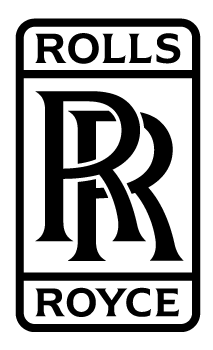 however, outside of these locations, the organisation was represented,
in the main, through Regional Directors (RD's) who were the single point
of contact, within their region, for all of RR activity in that region.
In many respects, it was similar to the Foreign Office/Embassy structure
with a central head of RR International in London and RD's around the
world. When I started, there were 17 RD's, functionally administered
from London; but, representing the full matrix of RR business units. At
that time (1997) there were about 35,000 employees world-wide with an
order book of around £20b (about triple the then total Australian
Defence budget) and, as the company rapidly expanded in the early 21st
century, this rose to around £100b ($A200b).
however, outside of these locations, the organisation was represented,
in the main, through Regional Directors (RD's) who were the single point
of contact, within their region, for all of RR activity in that region.
In many respects, it was similar to the Foreign Office/Embassy structure
with a central head of RR International in London and RD's around the
world. When I started, there were 17 RD's, functionally administered
from London; but, representing the full matrix of RR business units. At
that time (1997) there were about 35,000 employees world-wide with an
order book of around £20b (about triple the then total Australian
Defence budget) and, as the company rapidly expanded in the early 21st
century, this rose to around £100b ($A200b).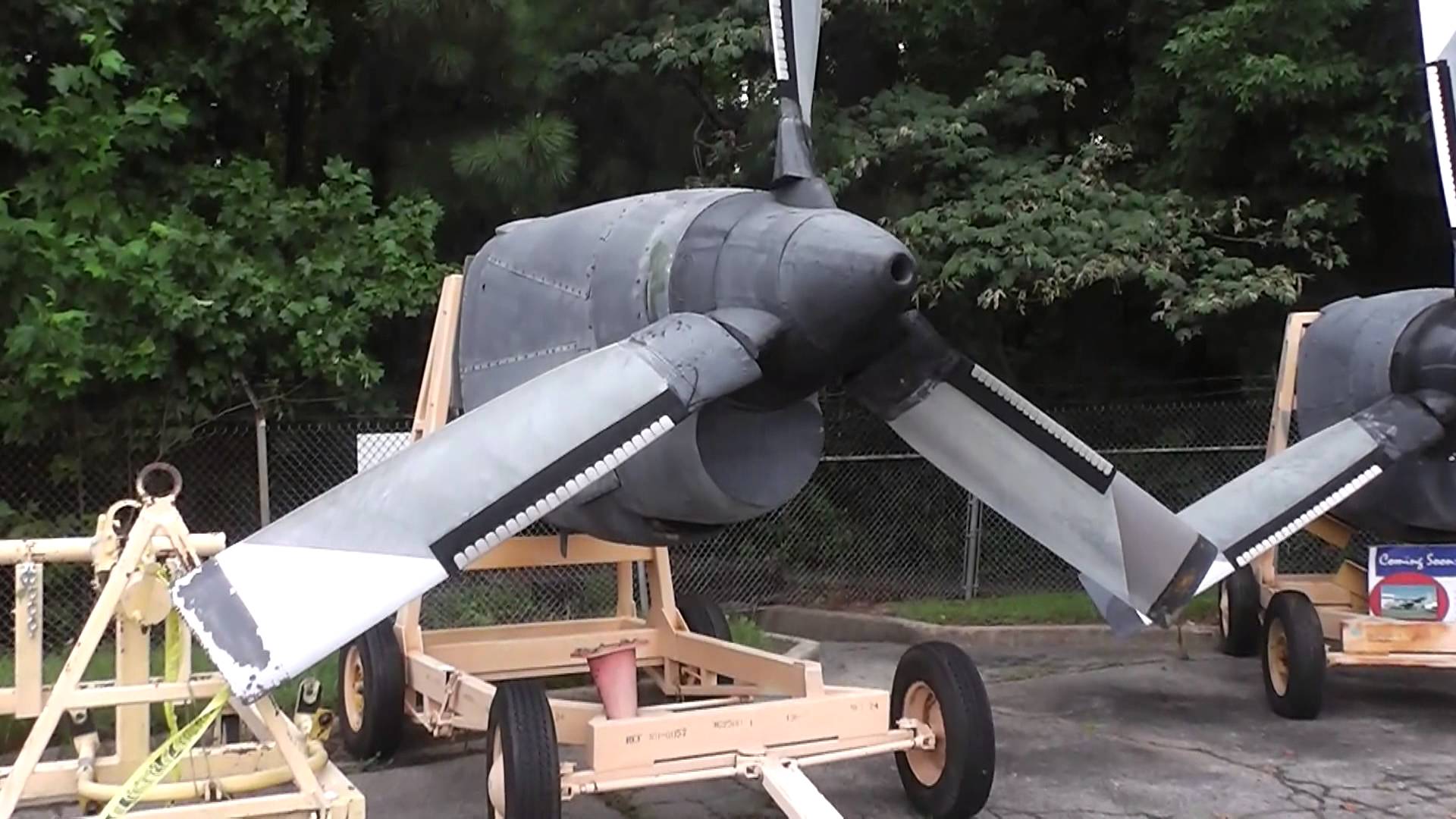
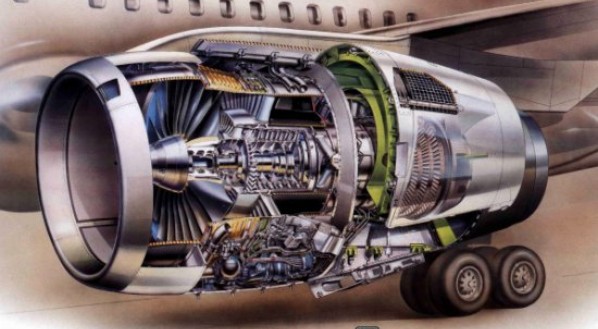
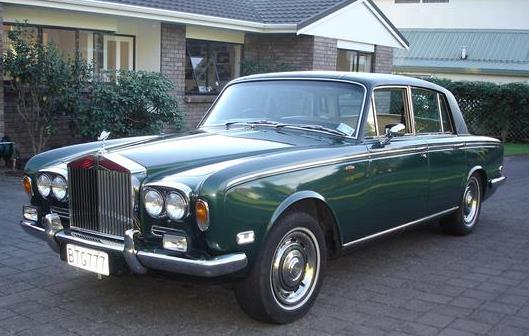
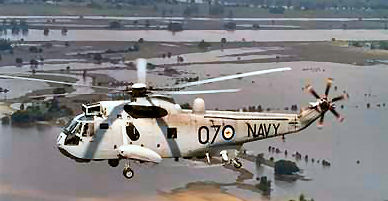 e
plethora of comparative data to refute such allegations, RR seniors
found this to be an 'unusual' customer relationship especially given
that we had put a lot of effort, at DMOs behest, to agree a Partnering
Charter with Defence, signed at the highest level, that should have
negated such a stance. Not long after starting with RR, I became aware
of claims that RR were charging excessively for Gnome engine parts for
the Sea King (right); so, I initiated an investigation to examine these
claims and to try to ameliorate the issue. As it happened, I found out
that DMO had visibility of the spares price listing for the RN Gnome
spares and this certainly supported their claim; but, closer
investigation showed that the UK MoD had invested heavily up front in
the design, development and production of Gnome spares and this was
taken into account in determining their spares pricing and the price
list for Australia reflected this and showed that, in fact, Australia
was actually getting the spares cheaper overall than the UK! However, it
took several years and repeated clarifications to get this message
through, with the subject even being raised by the Defence Minister
during a meeting with him.
e
plethora of comparative data to refute such allegations, RR seniors
found this to be an 'unusual' customer relationship especially given
that we had put a lot of effort, at DMOs behest, to agree a Partnering
Charter with Defence, signed at the highest level, that should have
negated such a stance. Not long after starting with RR, I became aware
of claims that RR were charging excessively for Gnome engine parts for
the Sea King (right); so, I initiated an investigation to examine these
claims and to try to ameliorate the issue. As it happened, I found out
that DMO had visibility of the spares price listing for the RN Gnome
spares and this certainly supported their claim; but, closer
investigation showed that the UK MoD had invested heavily up front in
the design, development and production of Gnome spares and this was
taken into account in determining their spares pricing and the price
list for Australia reflected this and showed that, in fact, Australia
was actually getting the spares cheaper overall than the UK! However, it
took several years and repeated clarifications to get this message
through, with the subject even being raised by the Defence Minister
during a meeting with him.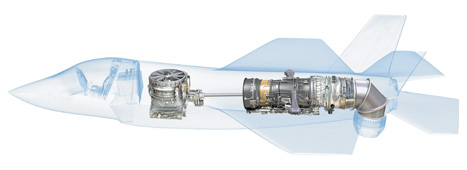
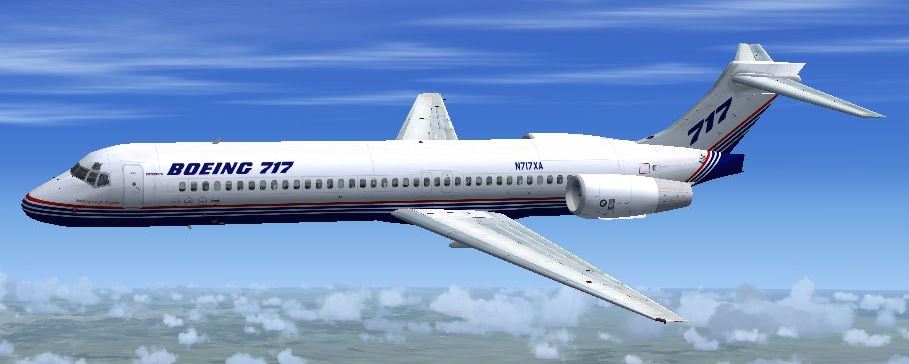 event equity partnered with RR as the exclusive engine supplier in what
became the Boeing 717 powered by the then RR/BMW joint venture engine
the BR715. As a consequence, RR ended up owning a proportion of the
aircraft numbers manufactured. The Qantas requirement was to lease some
eight aircraft and as the RR/B717 aircraft were similar to those which
Qantas had acquired when they took over Impulse airlines, we saw this as
an opportunity. The Qantas documentation while quite short, compared
with Defence, defined the lease terms, aircraft configuration, delivery
schedule etc and specifically that the company that they leased from had
to be Australian. In the space of only some six weeks, and with a fair
bit of work, we formed a new company with my counterpart civil RD and
myself as Directors, sourced finance, had the aircraft modified while
the leasing contract was being finalised, established a support
infrastructure including a Field Service Representative (FSR) and had
the first leased aircraft in service, with the last a month later. Not
only did this satisfy both parties; but, the cost savings were very
significant.
event equity partnered with RR as the exclusive engine supplier in what
became the Boeing 717 powered by the then RR/BMW joint venture engine
the BR715. As a consequence, RR ended up owning a proportion of the
aircraft numbers manufactured. The Qantas requirement was to lease some
eight aircraft and as the RR/B717 aircraft were similar to those which
Qantas had acquired when they took over Impulse airlines, we saw this as
an opportunity. The Qantas documentation while quite short, compared
with Defence, defined the lease terms, aircraft configuration, delivery
schedule etc and specifically that the company that they leased from had
to be Australian. In the space of only some six weeks, and with a fair
bit of work, we formed a new company with my counterpart civil RD and
myself as Directors, sourced finance, had the aircraft modified while
the leasing contract was being finalised, established a support
infrastructure including a Field Service Representative (FSR) and had
the first leased aircraft in service, with the last a month later. Not
only did this satisfy both parties; but, the cost savings were very
significant.  Civil Aviation (DCA) (now Civil Aviation Authority CAA) flight test unit
at Waverton, Sydney. One of the test pilots (Tom Berry), an ex RAAF ETPS
(Empire Test Pilots School, Farnborough) graduate and USyd aero graduate
gave me some good advice. When pushed, Tom explained that he had done so
much in his life, flying, travelling, living overseas etc that he had
found it best to keep much of this to himself as very few of his friends
and work colleagues had even a smattering of such experiences and one
had to be very careful what one said so as not to appear too worldly or
'smart'. This has proven to be very good advice and I must add that it
has certainly been with some reluctance that I have written this
article.
Civil Aviation (DCA) (now Civil Aviation Authority CAA) flight test unit
at Waverton, Sydney. One of the test pilots (Tom Berry), an ex RAAF ETPS
(Empire Test Pilots School, Farnborough) graduate and USyd aero graduate
gave me some good advice. When pushed, Tom explained that he had done so
much in his life, flying, travelling, living overseas etc that he had
found it best to keep much of this to himself as very few of his friends
and work colleagues had even a smattering of such experiences and one
had to be very careful what one said so as not to appear too worldly or
'smart'. This has proven to be very good advice and I must add that it
has certainly been with some reluctance that I have written this
article.